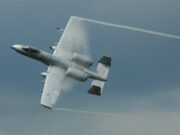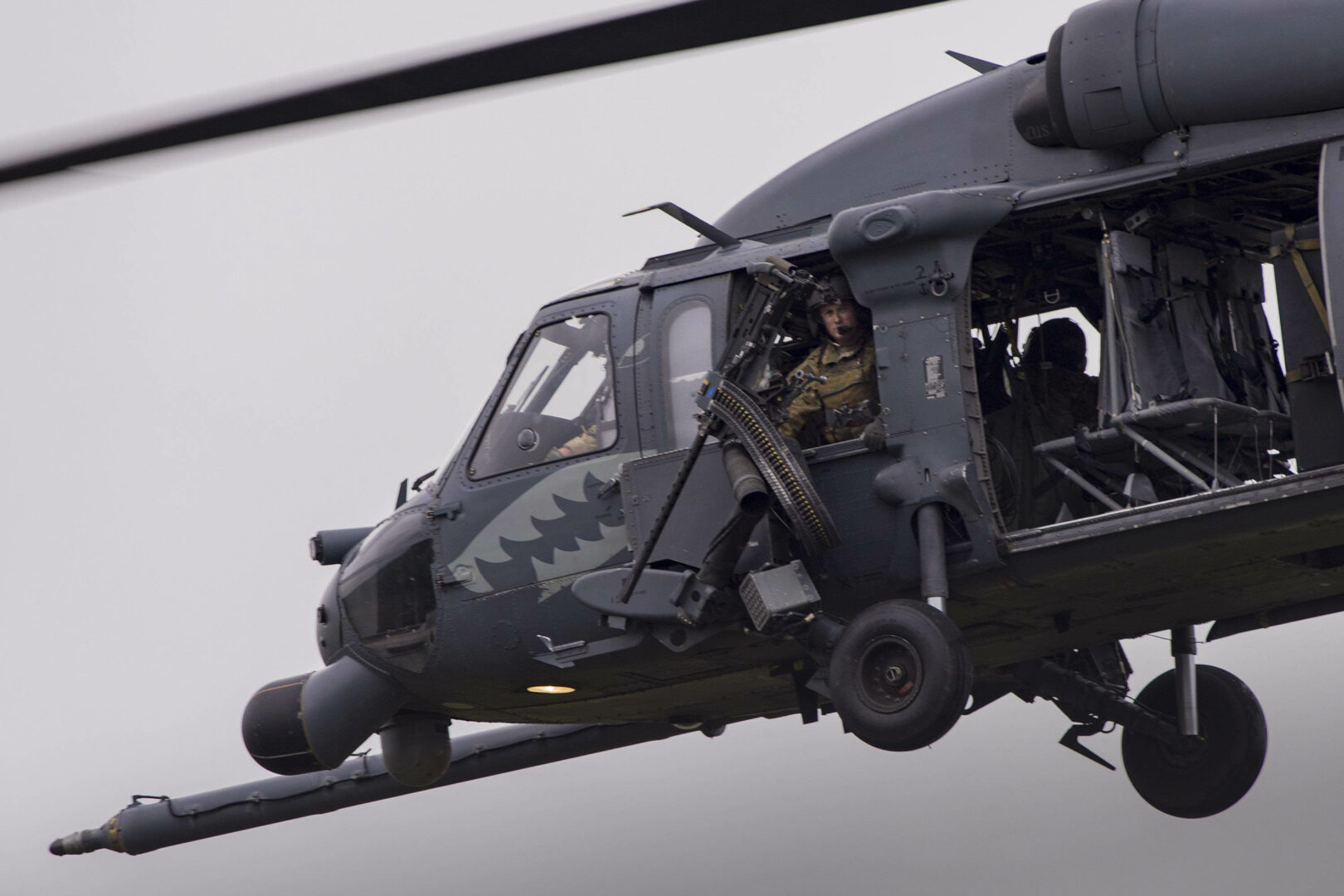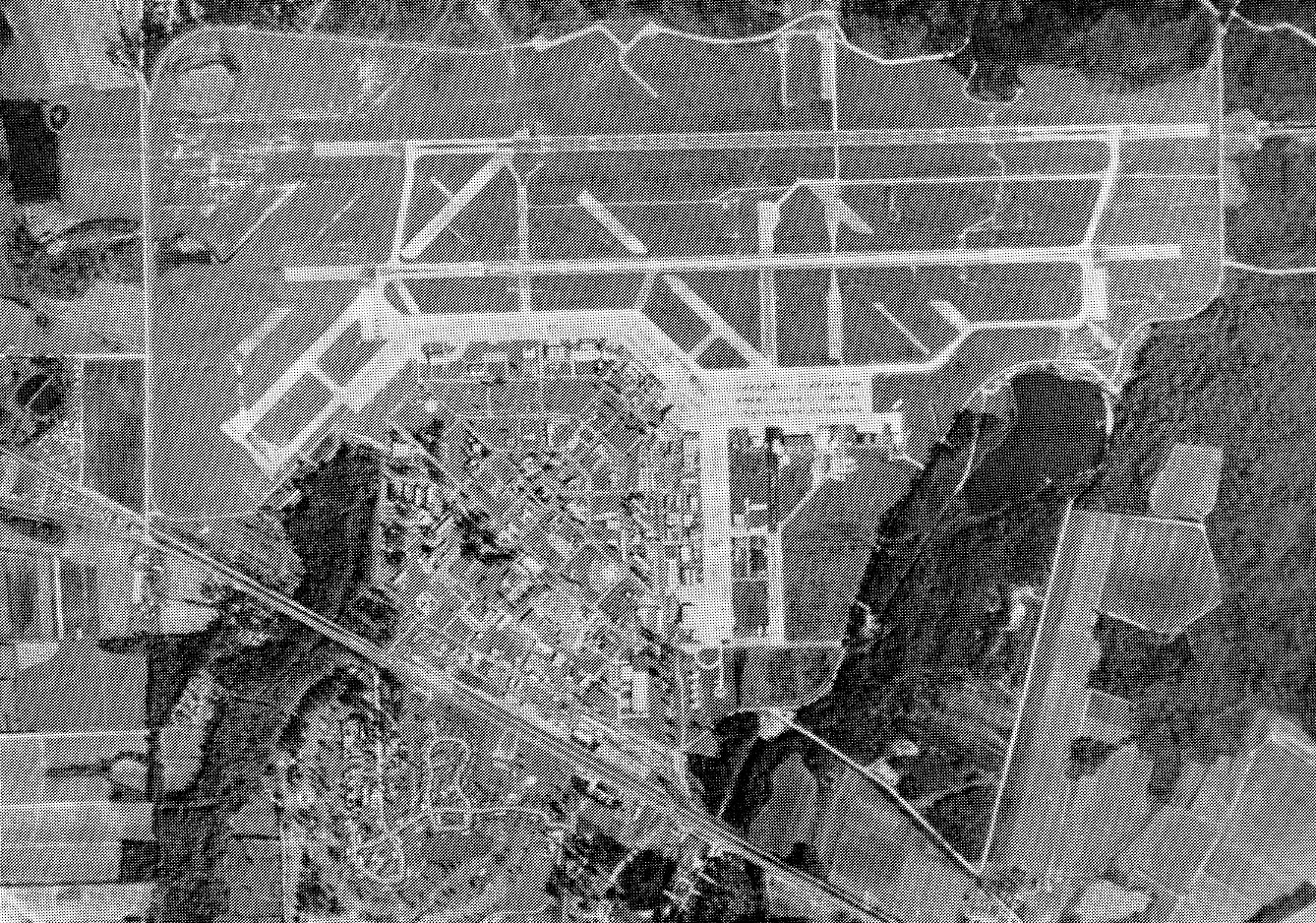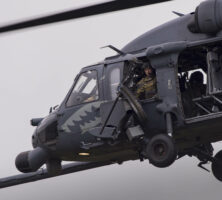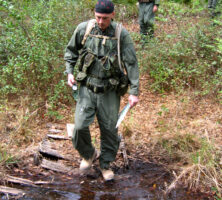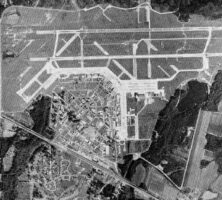Located in south Georgia, ten miles northeast of Valdosta, Moody Air Force Base is the home of the 23d Wing, which provides worldwide close air support, force protection, and combat search-and-rescue operations in support of U.S. national security as well as humanitarian interests. The base supports the training and deployment of combat-ready fixed-wing and rotary rescue aircraft, the A-10, HC-130, and HH-60. In addition, the base supports the 347th Rescue Group. More than 4,600 military and civilian personnel are assigned to Moody. The base occupies nearly 12,000 acres and generated about $323 million for the local economy in 2003.
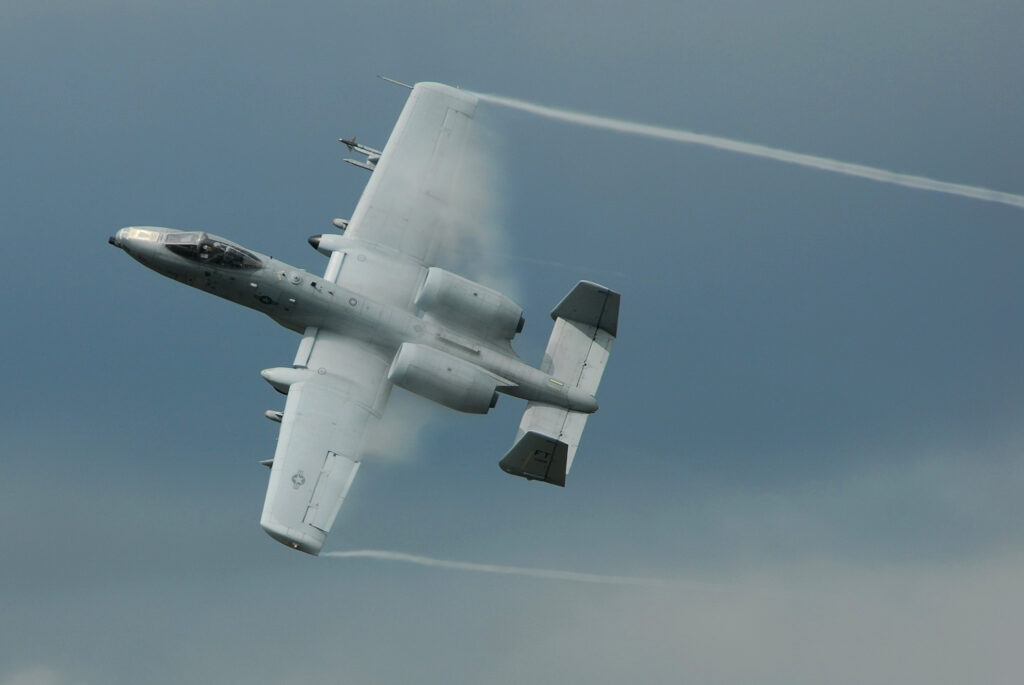
Courtesy of Moody Air Force Base. Photograph by Parker Gyokeres
In late 1940 Emory Bass, a prominent Valdosta citizen, sent letters to Georgia senators Walter F. George and Richard B. Russell Jr. requesting their assistance in obtaining a defense project on the 9,300-acre Lakeland Flatwoods Project near Valdosta. Soon thereafter, at a meeting in Vienna, in Dooly County, Senator George assured local residents that he would cooperate. After months of intense lobbying, the U.S. Congress authorized the establishment of a base, and construction on the base began in June 1941. Valdosta Field opened on September 15, 1941. The field was later renamed in honor of Major George Putnam Moody, who was killed in May 1941 in Wichita, Kansas, while test-piloting a Beech AT-10 transitional trainer.
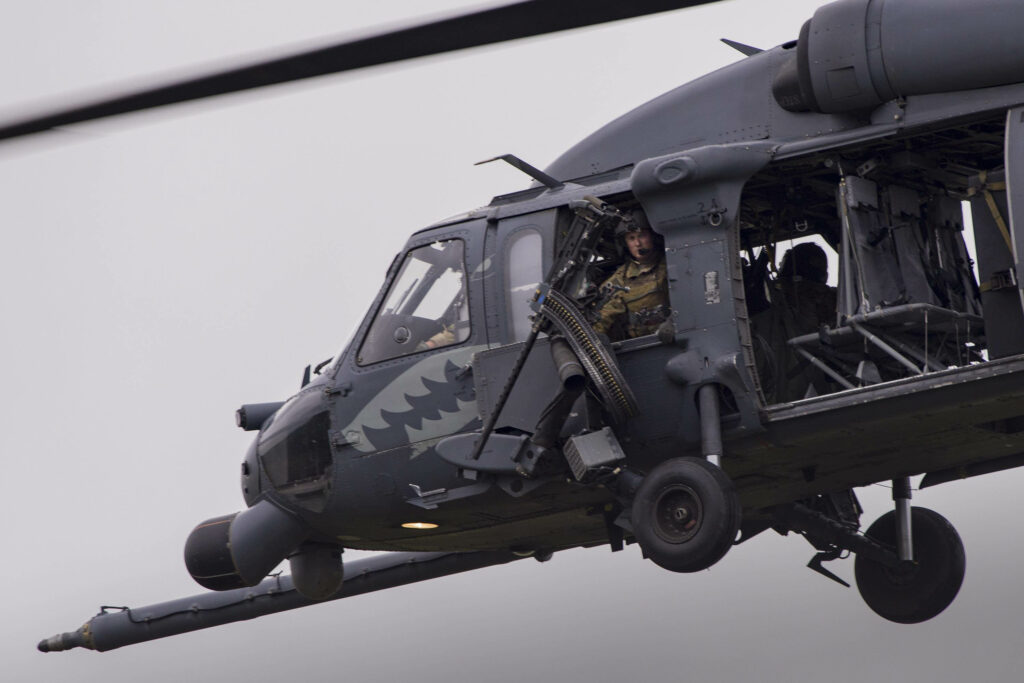
Image from U.S. Air Force
From February 1942 to April 1945 army air force undergraduate pilot training at Moody generated 7,212 pilots. Cadets received a total training program of seven months that consisted of preliminary flight training, basic training, and advanced flight training in the Beech AT-10. The final phase lasted nine to ten weeks and earned the graduating cadets their wings and commissions as second lieutenants. Pilot training was Moody’s mission until after World War II (1941-45).
In 1947 Moody was placed on inactive status with only a caretaker staff. In January 1948, after the air force became independent from the army, Moody Field was renamed Moody Air Force Base. After the United States became engaged in the Korean War (1950-53), the air force needed more pilots and thus expanded its pilot training program. To assist the expansion, Moody was reopened in May 1951. Rehabilitation of the base took four months and was accomplished by a National Guard unit of the 146th Fighter Group, Strategic Air Command. In September 1951 the Air Training Command accepted the base and assigned to it the 3550th Flying Training Wing (Interceptor Aircrew), where the wing remained for twenty-two years.
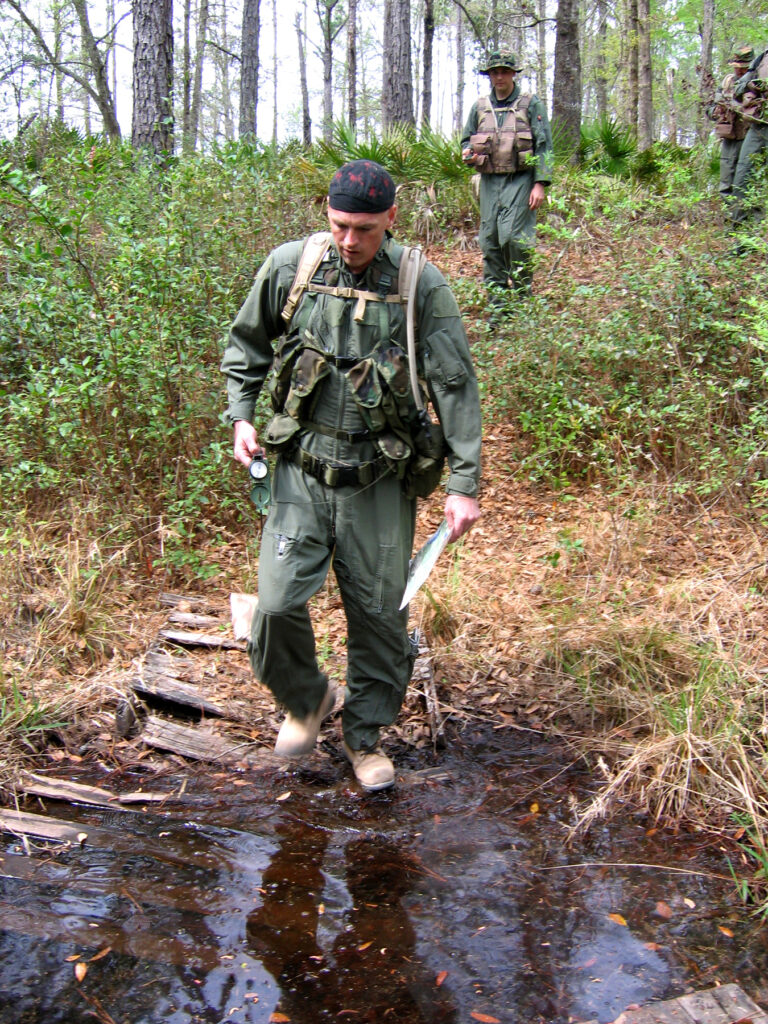
Courtesy of Moody Air Force Base. Photograph by Eric Schloeffel
Moody Air Force Base attained permanent status in 1954. In early 1955 the base acquired an important secondary mission when the 4756th Air Defense Group was organized and located there as a tenant unit. Working with fighter interceptor personnel attending the Weapons Qualification Course, the 4756th trained and evaluated Air Defense Command’s tactical units and trained air controllers for Air Defense Command bases. During this period the base also supported various aircraft and missions, including the training of foreign students under the Military Assistance Program. The program stayed at Moody for nearly two years before it was transferred to Randolph Air Force Base in Texas in 1963. While at Moody, the program trained more than 200 officers and cadets representing twelve allied nations.
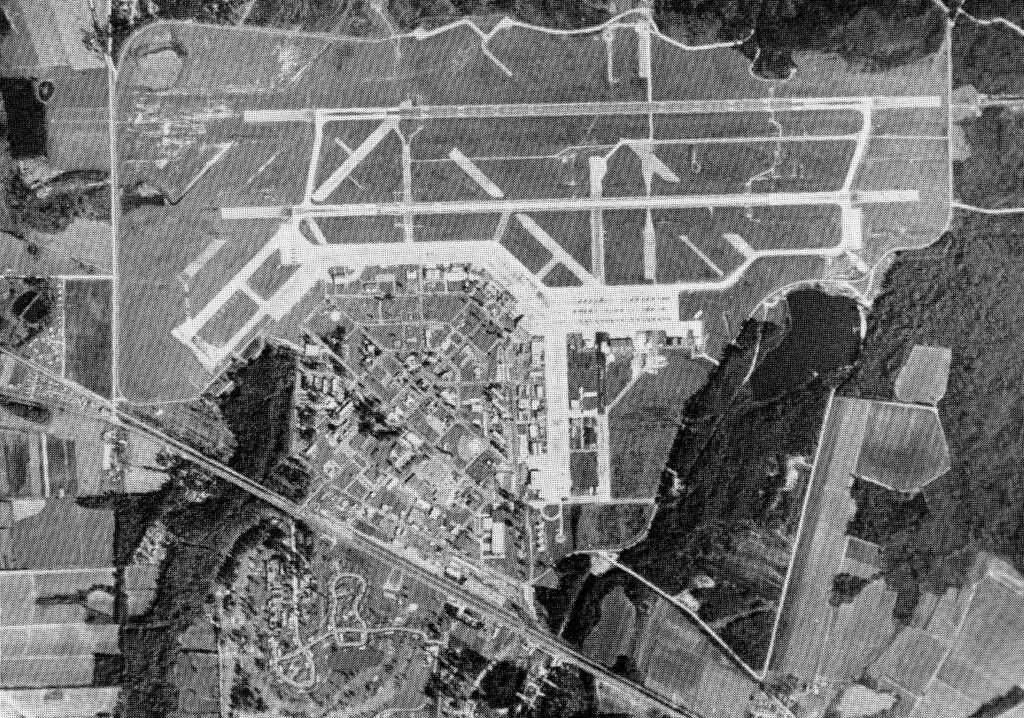
Courtesy of Beryl I. Diamond
In 1975 the 347th Tactical Fighter Wing became the host unit at Moody, and its aircrews flew aircraft ranging from F-4 Phantom jets to F-16 Falcons. In 1997 two C-130 Hercules squadrons were inactivated, but two rescue squadrons filled the gap. These units brought to the base the HC-130P helicopter refuelers, which took the place and space of the previous C-130s, and the HH-60G Pave Hawk helicopters, which were used in pararescue and combat search-and-recovery missions. In 2001 the 347th was converted to the 347th Rescue Wing, becoming the air force’s only active-duty combat search-and-rescue wing. In 2006 the 347th was redesignated as the 23d Wing.


